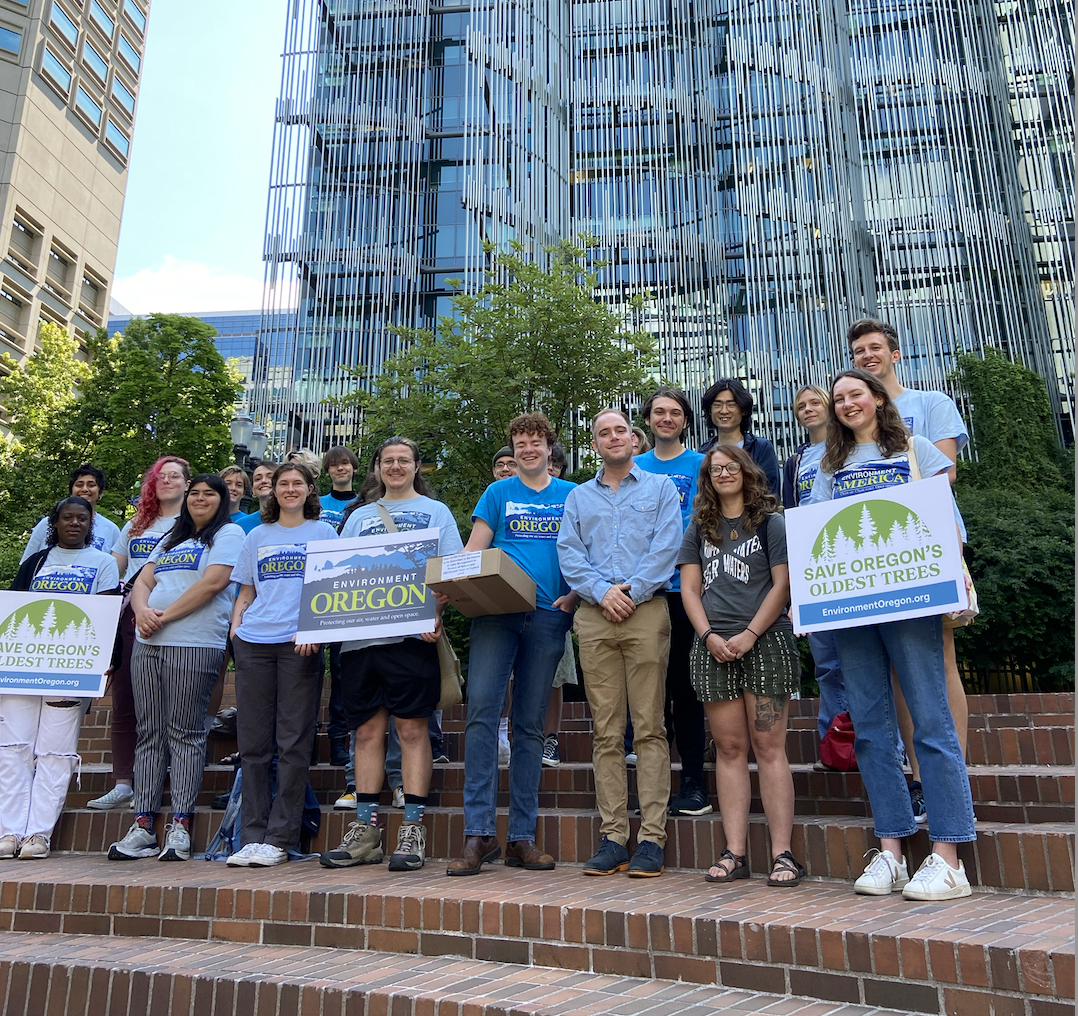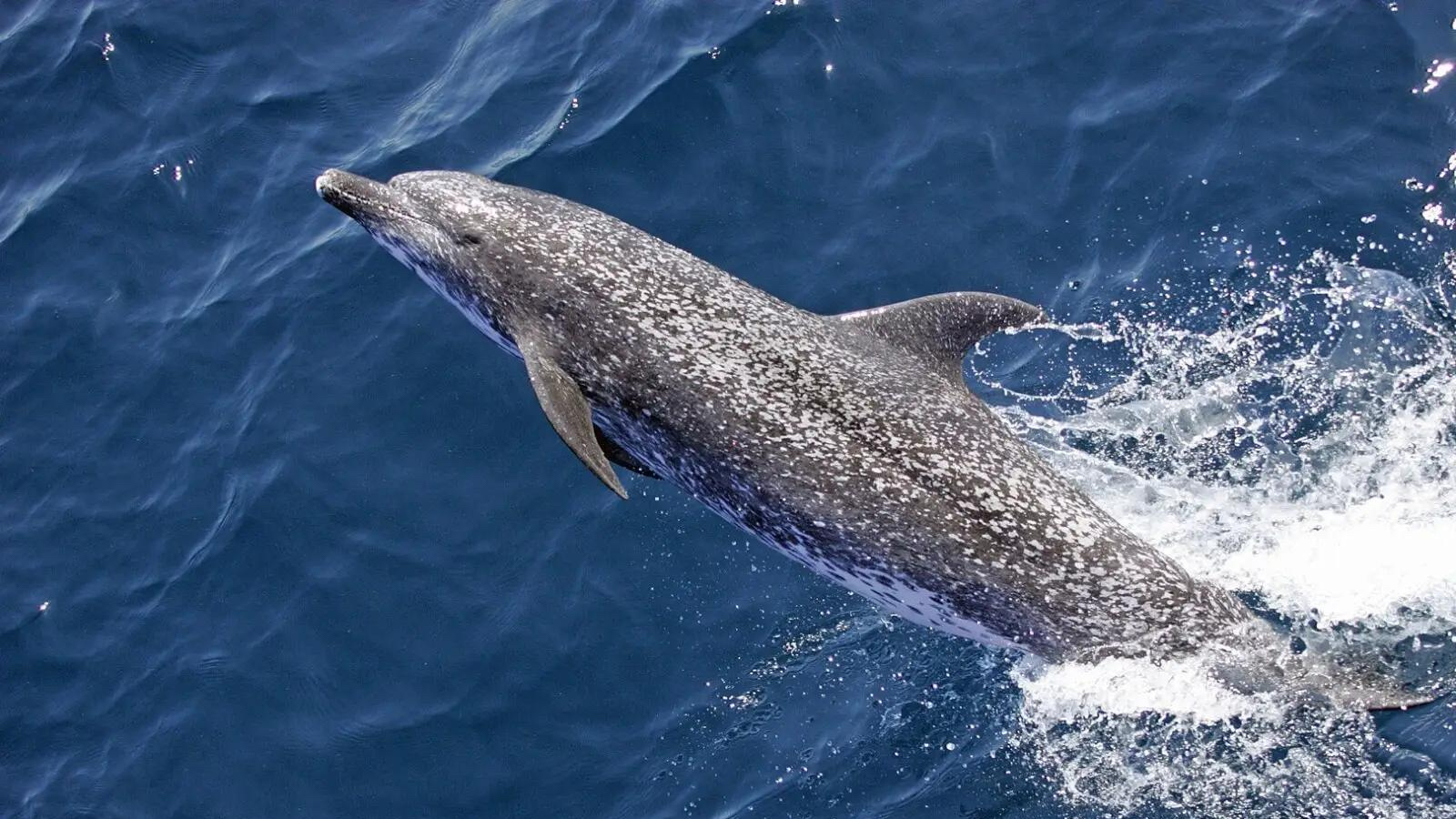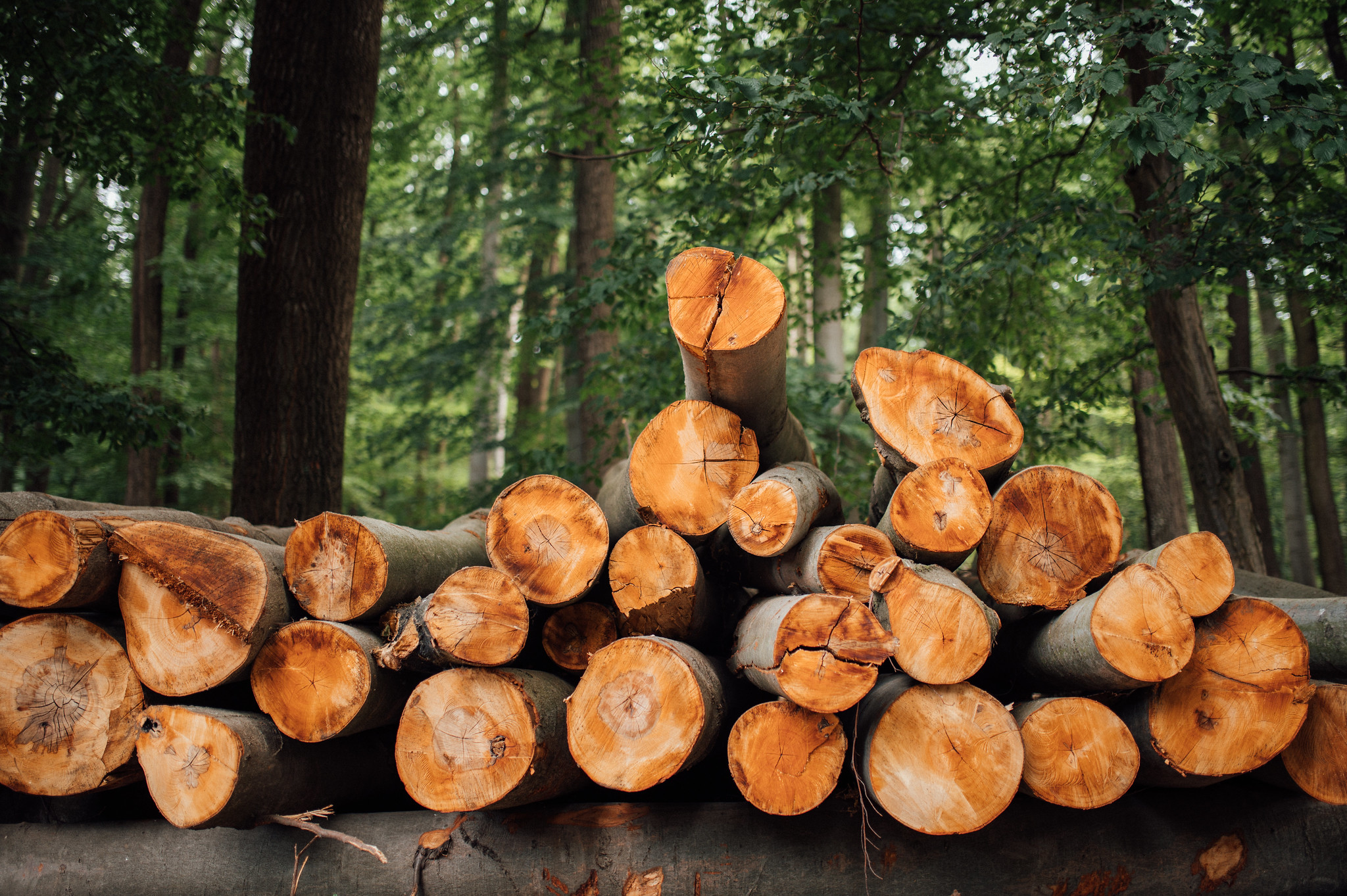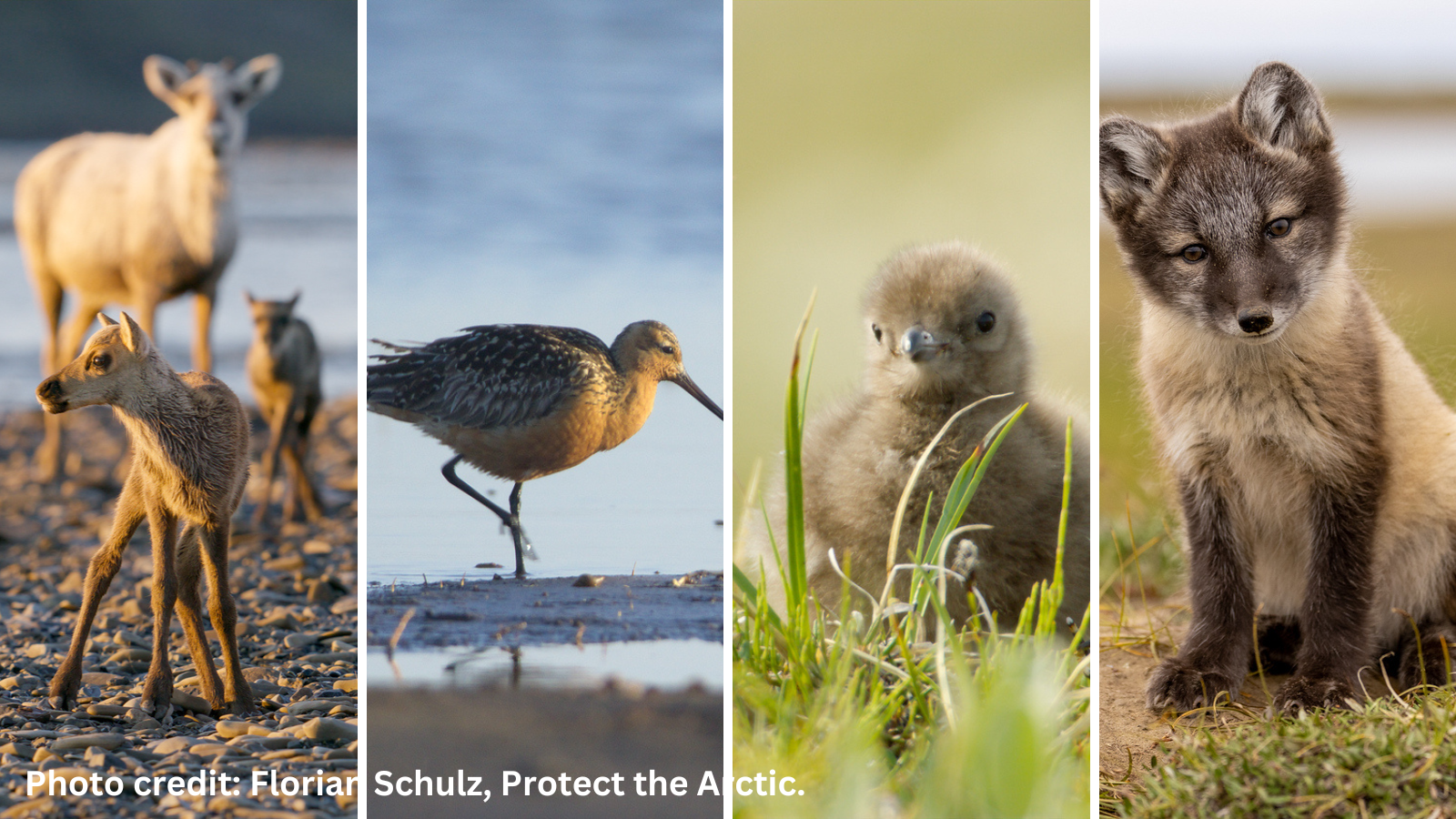
Grand Canyon animals at risk from uranium mining
The Grand Canyon region is home to nearly 600 different species, several endangered. All are at risk if we allow their home to be polluted.

Update: In August 2023, President Biden protected this area by designating the Baaj Nwaavjo I’tah Kukveni – Ancestral Footprints of the Grand Canyon National Monument.
What is the Grand Canyon?
The Grand Canyon, shaped by the Colorado River over the past 6 million years, is one of the Seven Natural Wonders of the World. In 1903, President Theodore Roosevelt was so impressed by its natural beauty that he made it a national monument five years later. Like Roosevelt, 5.9 million people travel to what has since been redesignated Grand Canyon National Park each year to take in the beauty of the landscape. It is now the second-most visited national park in the United States.
The Grand Canyon is about a mile deep and larger than the state of Rhode Island, so it experiences a wide range of temperatures and weather conditions and supports a variety of animals and plants. Due to the range of elevation and the flow of the river, the canyon supports five distinct ecosystems: mixed conifer forest, ponderosa pine forest, pinyon-juniper woodland, desert scrub and riparian (river-edge).
Critter roundup: Which animals live in there?
While most visitors come to the Grand Canyon to see the beautiful views crafted by millions of years of geological changes, they also see many different critters residing in and around the national park. The wildlife in the area is just as grand as the canyon itself. The animals living in the Grand Canyon help to sustain the ecosystems and keep the canyon “alive.”

An adult California condor spread its wings along the Tonto Trail in Grand Canyon National Park.Photo by Michael Quinn (NPS) | Public Domain
Nearly 600 different animal species live within the borders of the National Park: 447 species of birds, 91 species of mammals, 48 species of reptiles, 10 species of amphibians and plenty of insects. Among the most famous are javelinas and gila monsters, as well as endangered species including the California condor, Mexican spotted owl, Yellow-billed cuckoo and desert tortoise.

A pair of Mexican spotted owl fledglingsPhoto by National Park Service | Public Domain
Another notable resident of the Grand Canyon is the bald eagle. These national symbols are not native to the canyon, but they began migrating to the canyon for the winter around 1985. The construction of the Glen Canyon Dam made the trout-filled Colorado River water a perfect hunting site for the eagles.

Photo by Staff | Used by permission
The beauty and wildlife diversity doesn’t end at the borders of Grand Canyon National Park. The Kaibab National Forest, part of the largest contiguous ponderosa pine forest in the U.S., sits atop the north and south rims of the Grand Canyon. This forest houses elk, deer, antelope, turkey, hawks, owls, bear, bobcat, eagles, javelina and more.
What can we do to protect life in the Grand Canyon?
Despite some government protections against development, the land surrounding the Grand Canyon and the animals that live there face a potentially existential threat. Mining companies are agitating to break ground on new uranium mines in the region. Uranium mining could poison both the Colorado River and the trout living in it, which would in turn hurt the iconic birds of prey that feed on them.
The bald eagle is not the only living being that will suffer if new uranium mining is allowed to move forward: Plants and humans could get hurt, too.
Uranium mining is an inherently dangerous, dirty and waste-producing process and efforts to mitigate its damage are never foolproof. Miners store waste in designated ponds but it remains radioactive. This waste may enter groundwater sources and contaminate areas downstream. Groundwater flow in the Grand Canyon and surrounding areas is not well understood by scientists. If you were to pour a glass of water on the ground at the top of the canyon, there is no way to know where that water will end up. There is not enough research nor understanding to confidently say that uranium waste ponds near the Grand Canyon will not pollute the Colorado River.
If radioactive pollution gets into the Colorado River, it could affect the water supply for millions of people living downstream. The Havasupai Tribe, native to the Grand Canyon region, would feel the most immediate effects.
Tribes in the Grand Canyon area, including the Havasupai, have created the Grand Canyon Tribal Coalition in an effort to protect the land. The coalition is calling for national monument designation of nearly 1 million acres near Grand Canyon National Park. Their goal is to protect sacred cultural sites and the water sources that flow into the Colorado River.
We have an opportunity to help the Grand Canyon Tribal Coalition ensure that one of the most iconic places in the United States will be permanently protected from future mines and radioactive pollution.
Topics
Authors
Ellen Montgomery
Director, Public Lands Campaign, Environment America Research & Policy Center
Ellen runs campaigns to protect America's beautiful places, from local beachfronts to remote mountain peaks. Prior to her current role, Ellen worked as the organizing director for Environment America’s Climate Defenders campaign. Ellen lives in Denver, where she likes to hike in Colorado's mountains.
Samantha Crosby
Environment America Intern
Find Out More

We’re hiring interns who envision a cleaner, greener world

Dolphins of the Gulf of Mexico

Which toilet paper companies are taking steps to be more sustainable?

